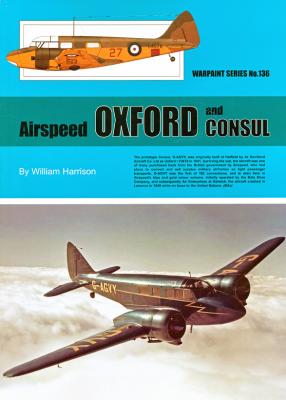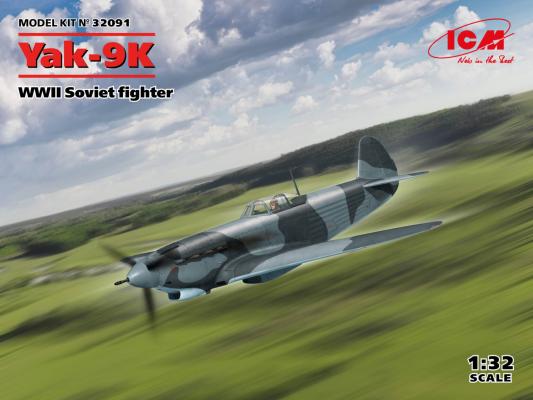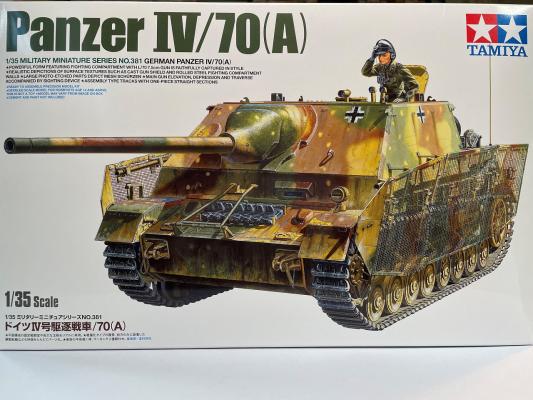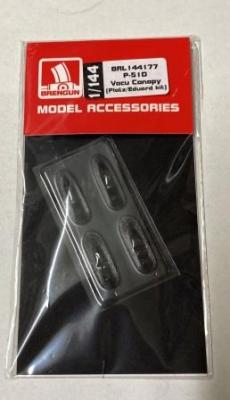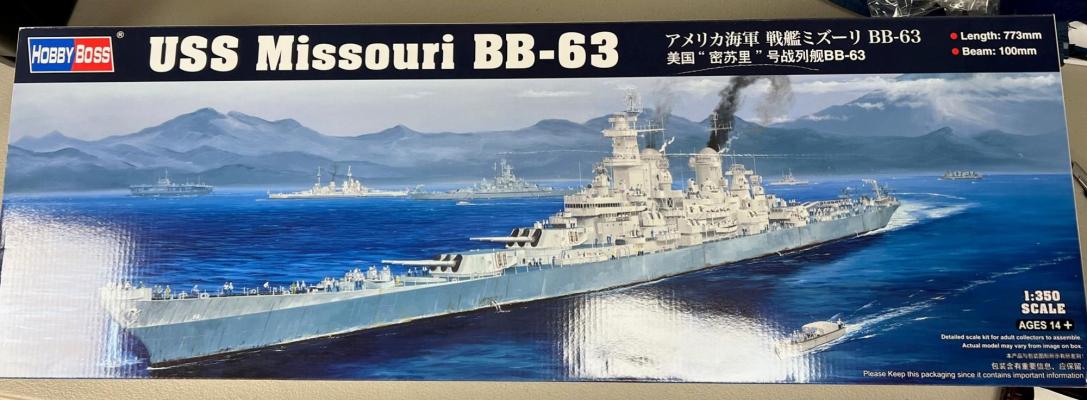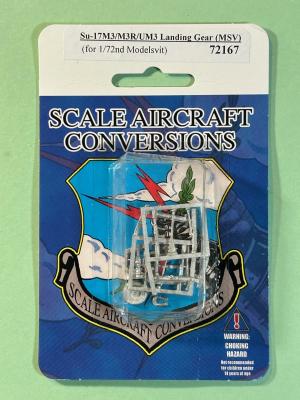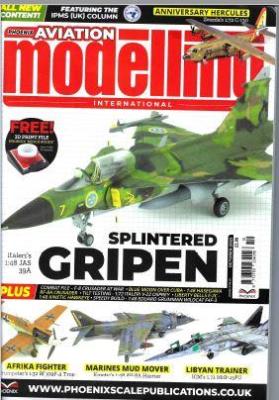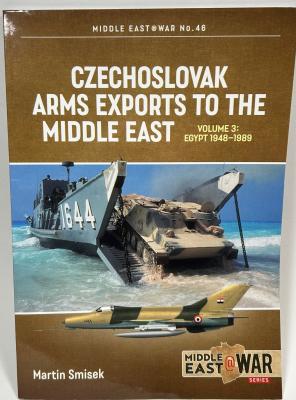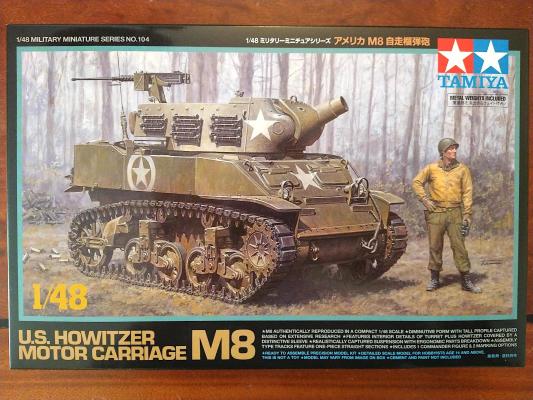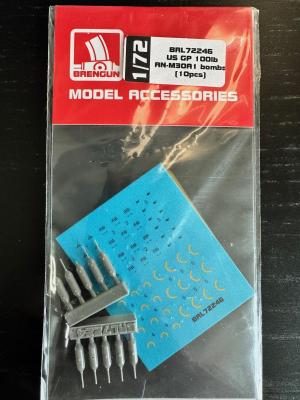The Airspeed Company was set up by future novelist Neville Shute Norway in Portsmouth, Britain, in the mid-Thirties, building small passenger aircraft. During WWII, the RAF relied on the twin-engined Airspeed Oxford as a multi-purpose trainer for a wide variety of roles, including pilot and aircrew training, aerial photography, navigation, and even gunnery training when fitted with an Armstrong Whitworth turret. Derived from the earlier Airspeed Envoy, an early executive aircraft, the Oxford was, post-war, also developed into an effective small airliner, the Consul. Over 8,900 Oxfords and Consuls were built, a testimony to its effectiveness in all roles. The Oxford and Consul have now been made a subject of the long-running Warpaint series from Guideline Publications in Britain.
What's New
The Yak-9 was a development of the successful Yak-7, which was itself a development of an advanced trainer in use by the Soviet Air Force. Fast and robust, it came into fighter regiments on the Eastern Front in late 1942 and directly challenged the best the Luftwaffe was able to throw at them, although it suffered at first due to poor training.
Tamiya’s new ‘Panzer IV/70(A)’ kit depicts a late war German ‘stopgap’ design attempting to mount a high-velocity L/70 75mm anti-tank gun on a minimally modified Panzer IV chassis. The resulting vehicle had a taller profile than most other turretless Panzer IV and III types. Since this is a late-war vehicle, the lack of zimmerit is appropriate.
So, we have a 1/144 Mustang out there from Platz/Eduard, and an interior detail set from Eduard as well, available on in their own release. The canopy on the basic kit is closed, and within the limits of thickness which can be successfully injected. It fits and looks nice (and the Eduard kit has a masking set to go with it.
Insane? Yep. But an open cockpit requires an open canopy. HEAVY insanity. I had to try it. Tweezers: yep. Magnifier for vision: Mandatory Ham hands: Standard.
Here is where Brengun excels! They provide a set of four canopies in a clear plastic envelope which allows (with careful, NEW scalpel or #11 blade work) an open canopy!
This is the first of three reports on the Hobby Boss 1:350 USS Missouri model kit. Two subsequent reports are planned, the second report at approx. the mid-point of the build and the third upon completion.
The USS Missouri was the third Iowa class battleship built for the US Navy and was completed in 1944. It is famous for being the ship on which the Japanese surrender was signed to end WWII. It was an impressive vessel, and this model captures its splendor.
This set is designed for use with Modelsvit’s Su-17, Su-20 and Su-22 kits and fits both the 2017 and 2014 kits.
The set provides replacement parts for both the nose landing gear and both main landing gear and is comprised of thirteen parts, five for the nose gear assembly and four for each main landing assembly. The nose gear parts include the nose wheel, but the main gear parts do not. The cast parts are designed to be drop-in replacements for the kit parts.
Andy Evans (managing Editor)
With retirement, I have of course had to seriously curtail spending, and as such, just personally had opportunity to read and learn of this magazine by obtaining it from our reviewer corps. I had read a few kerfluffles online about jealous rivals, and this was an opportunity to find out exactly what this new Mag was about. For Simplicity, I am using PAMI as an abbreviated form of the magazine title.
The book is volume 46 of Helion & Company’s Middle East @ War series and, as noted in the title, is the third volume of its coverage of Czechoslovak Arms Exports to the Middle East focusing on arms exports to Egypt between 1948 and 1989.
Starting in the mid-1950’s and continuing on and off up to the collapse of the Eastern Bloc in 1989, the Czech arms industry exported a wide variety of weapons to Egypt, including ammunition, small arms, artillery, tanks and aircraft. It was also heavily involved in training many pilots, ground personnel and technicians, conducting courses both in Egypt and Czechoslovakia.
I've previously built two of the 48th scale Tamiya tanks: the M-10 Tank Destroyer and the M1A2 Abrams, and they are great for a non-armor buff like me, both in size (not too big for the display cabinet) and part count (low to moderate, can be built in a week or two).
The M8 Howitzer Motor Carriage was a variation of the Stuart M5 light tank, powered by twin Cadillac V-8s with a 75mm M3 howitzer. Production yielded 1788 units from early 1942 to January 1944, and M8s served in Italy, Western Europe and the Pacific theater.
You get decals for two tanks: 106th Cavalry Reconnaissance Group, operating in Germany February 1945, and 758th Tank Battalion, Fifth Army operating in Italy, April 1945.
This set from Brengun provides parts to build ten 100lb bombs. Each bomb consists of a resin main body and four photoetched parts to represent the fins and the fuse arming prop on the nose. Separating the bombs from the pour gates is quickly done as they have a pouring extension on the front and are attached to a runner of five at the back. Attaching the fin assemblies requires removing three parts from the photoetch fret. These parts are done in brass and are not only thin, but easy to cut off and clean up. The fin assembly requires the builder to cut a cross hatched slot on the back of each resin bomb. The instructions suggest using a knife, but I found it easier to use a very thin saw blade. Interlocking fin legs are inserted into the slot and a fin “box” is formed by folding the PE part into a square and inserting it into the fin legs. The trick is getting all these parts to align. I didn’t get a usable copy till the third try.

